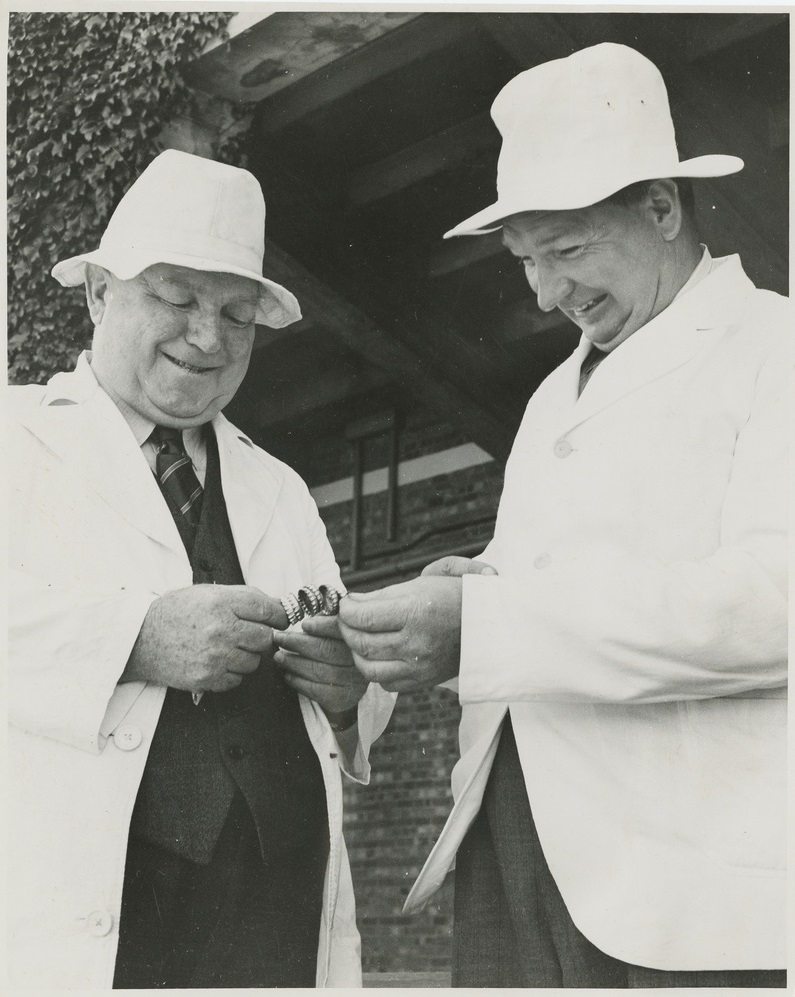So, what’s just happened?
The draft proposal for the South Australian electoral boundaries has been released.
What… what does that mean?
The electorate shapes are being changed.
Oh. Why?
Because the state’s demographics change over time.
When you say “change” you mean “shrink”, right?
Pretty much, yes.
Who does the redrawing?
The Electoral Districts Boundaries Commission of South Australia. They’re an independent, non-partisan body that has overseen the process since 1975, which was when the Labor government of Don Dunstan declared that all votes should have the same value regardless of where the voter was.
Wait, did our votes have different values before?
Oh did they what. Until 1975 governments would tend to redraw the electoral boundaries to their own advantage as per legendary SA Premier Thomas Playford, whose canny ability to create conservative rural seats with a few thousand voters meant that people outside of Adelaide had votes that were on average six times more valuable than those in the metropolitan area. Notably, by the late sixties the MP for the country seat of Frome represented 4,500 voters while the MP for Enfield represented 42,000.
Fortunately people realised that this system was transparently unjust and the “Playmander” only helped Playford and the Liberal and Country League hold power for a mere 32 years.
So what does the EDBC base their decisions upon?
Population changes, mostly, to try and keep all the electorates representing around the same number of voters. There are some other considerations too, but between 1991 and 2016 there was also a ‘fairness’ criterion which took into account what the likely political outcome of a redistribution would be and whether the party which got over 50 per cent of the statewide vote would also win enough seats to form government.
Why?
For one thing, because under Playford the LCL was coasting to victory despite Labor winning clear majorities most of the time.
 Sir Thomas Playford (right) and former Labor opposition leader Mick O’Halloran, who maintained a pretty chummy relationship – here they are dressed as cricket umpires for some reason – despite Playford’s finessing of electoral distributions [Photo: State Library of South Australia SRG 112/9/95]
Sir Thomas Playford (right) and former Labor opposition leader Mick O’Halloran, who maintained a pretty chummy relationship – here they are dressed as cricket umpires for some reason – despite Playford’s finessing of electoral distributions [Photo: State Library of South Australia SRG 112/9/95]
So when was the fairness clause introduced?
In 1991, at the request of the Liberals.
Did it work?
According to the Liberals, absolutely: they won the next two elections.
It sounds tricky to put into practice, though.
Oh dear god yes. The big problem is that it means people at the boundaries frequently change electorates, leading to voter confusion and making MPs struggle to keep track of who their actual constituents are. More broadly, the Fairness Clause also assumed that only two parties matter in an election, which penalised minor parties and independents.
So despite the intent, the fairness clause wasn’t fair.
According to the Liberals, absolutely not. They argued that it was the reason the Rann/Weatherill Labor governments won so many elections and kept them out of power.
So they must be glad it’s gone?
No, they’re trying to bring it back.
Really?
Yep.
But… but how does that work?
Great question.
So the draft is up, what happens?
Now the EDBC takes submissions from the public over the proposal.
Can the political parties or government veto it?
No.
Can they flood the EDBC with submissions complaining about how unfair it all is?
Oh hell yes.
So what does the current one look like?
Every electorate except Mount Gambier would get a spruce up, but most of the changes are pretty minor. That said, four marginal Liberal seats – King, Newland, Elder and Adelaide – get even more marginal, as do the Labor seats of Mawson and Badcoe. Also, the independent Frome MP Geoff Brock is livid that his power base in Port Pirie would be shifted out of his electorate and into the safe Liberal seat of Stuart.
So no one’s especially happy with it, in other words.
Partisan fury aside, is an elegant work of political art?
It splits Port Augusta down the middle, so not really.
Will it change the election?
On paper the new boundaries would seem to favour Labor, although if the voting patterns in 2022 are the same as 2019 the Liberals would probably retain power. So either absolutely not or definitely yes.
Should we send the folks at the EDBC several bottles of something nice?
They could probably do with that right about now.
Read the Electoral Districts Boundaries Commission draft report here
Andrew P Street is a freelance writer whose books include The Short And Excruciatingly Embarrassing Reign Of Captain Abbott (2015) and The Long And Winding Way To The Top (2017).
Get the latest from The Adelaide Review in your inbox
Get the latest from The Adelaide Review in your inbox